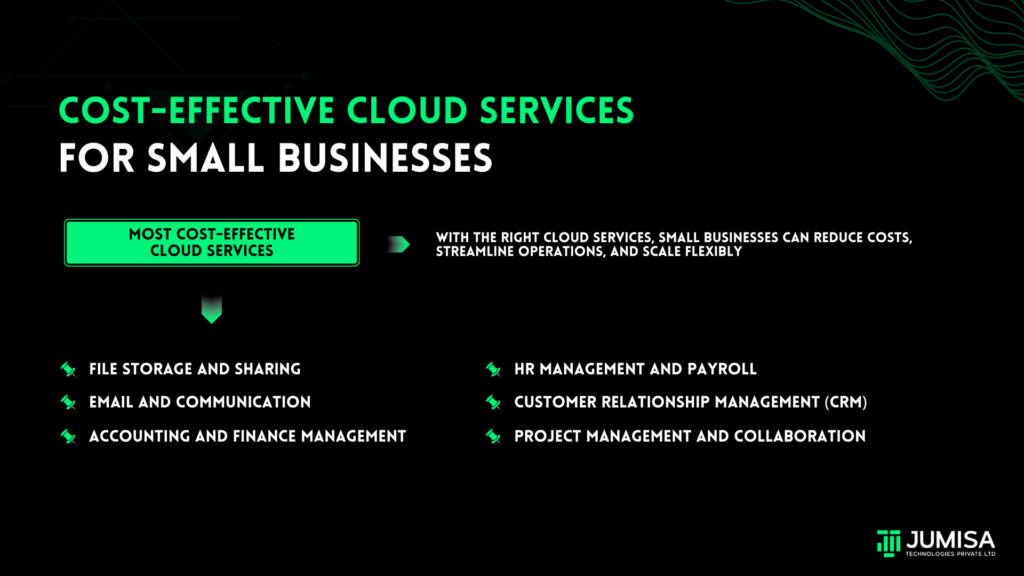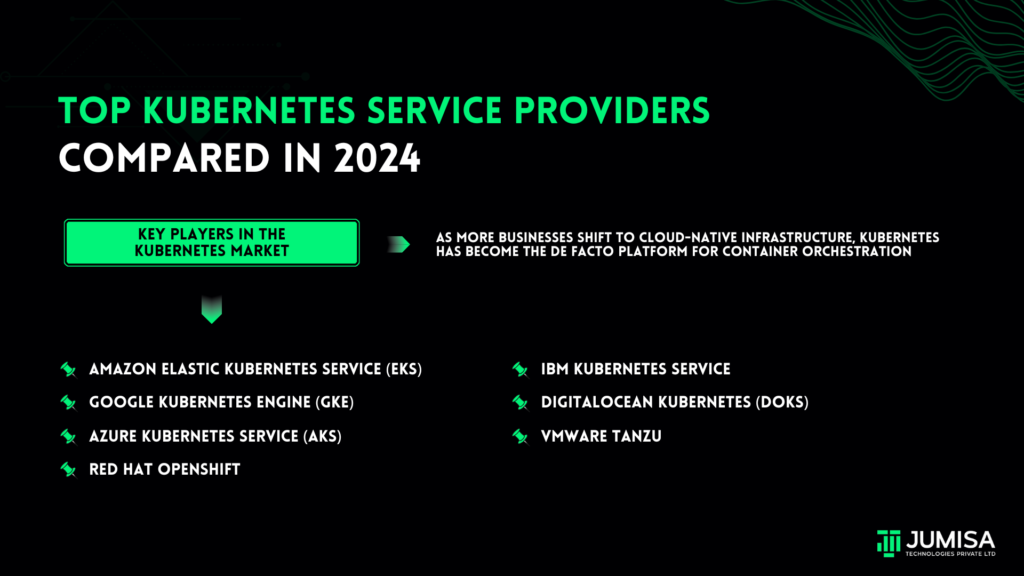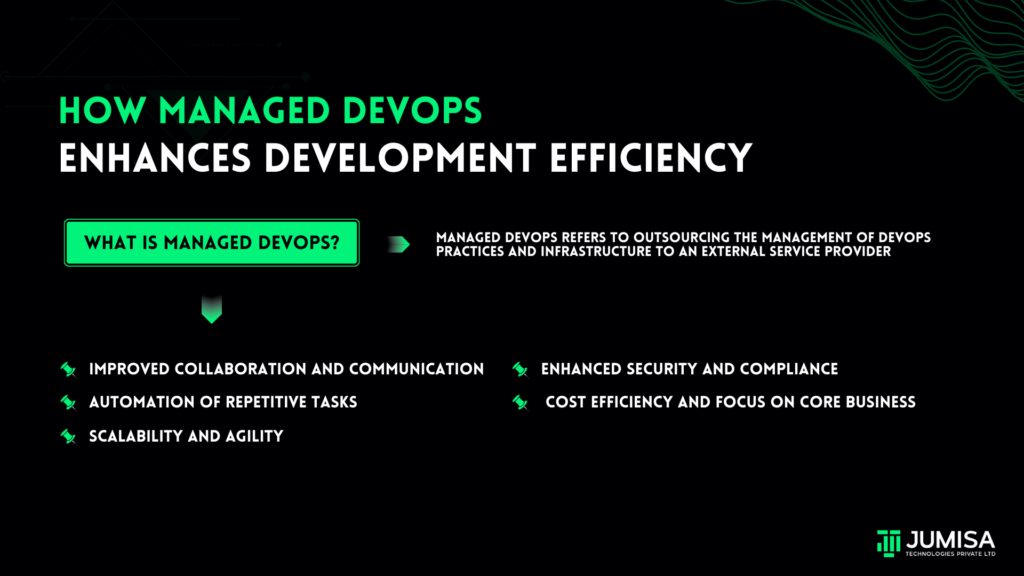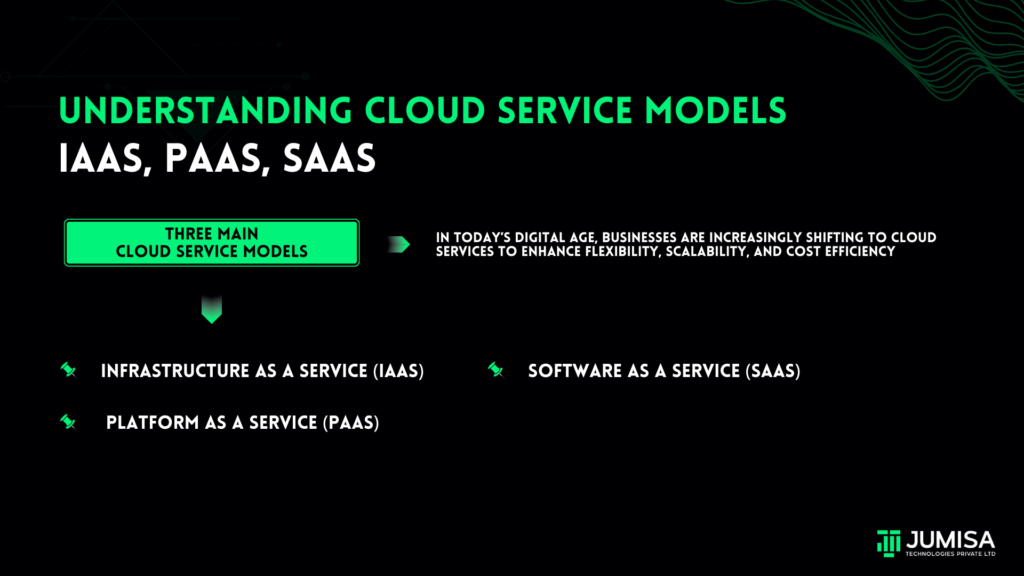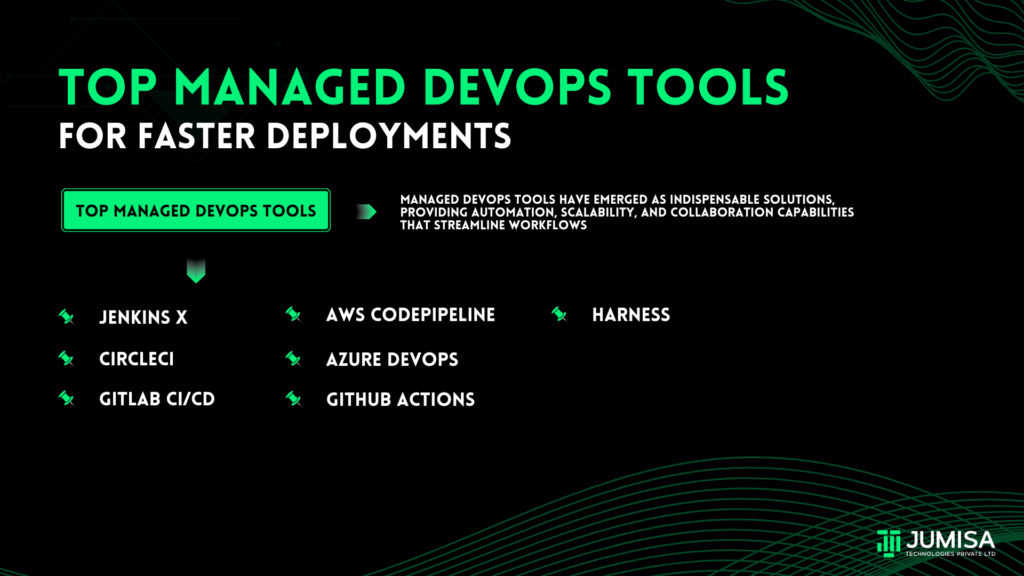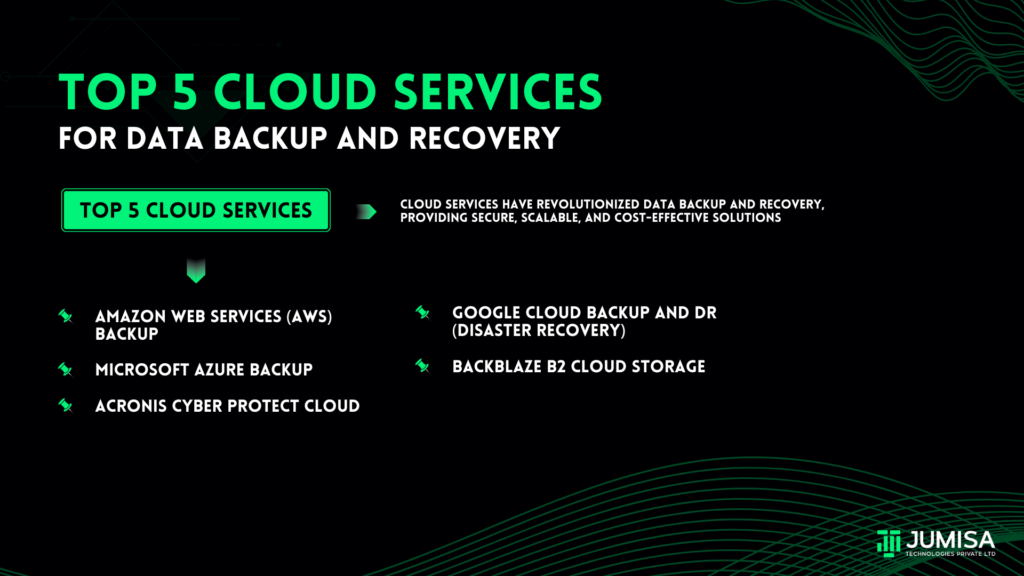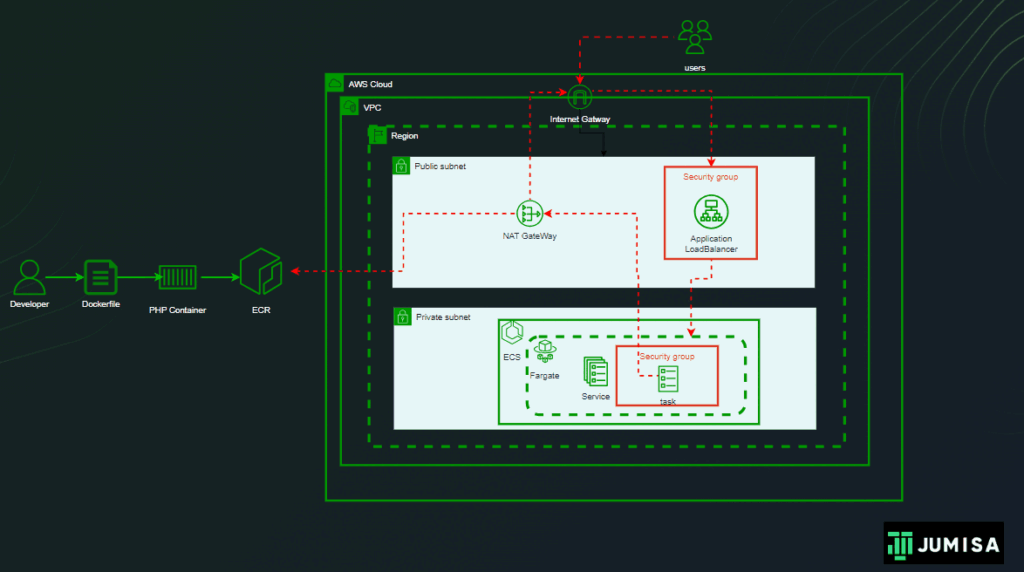Amazon Web Services (AWS) is a powerful and flexible cloud computing platform that offers a vast array of services and tools for businesses and developers. For beginners, navigating AWS can be overwhelming due to its complexity and the sheer number of options available. This guide aims to demystify AWS, providing a straightforward introduction to help you get started.
What is AWS?
AWS is a subsidiary of Amazon that provides on-demand cloud computing platforms and APIs to individuals, companies, and governments. These cloud services offer computing power, storage options, and networking capabilities, among other functionalities, allowing users to build, deploy, and manage applications with ease.
Key Concepts in AWS
Regions and Availability Zones
- Regions are geographic locations around the world where AWS has data centers.
- Each region contains multiple Availability Zones (AZs), which are isolated locations within a region.
- These AZs provide redundancy and ensure high availability.
- Choosing the right region is crucial for performance, compliance, and cost considerations.
Elastic Compute Cloud (EC2)
- EC2 is one of the most popular AWS services.
- It provides scalable computing capacity in the cloud, allowing you to run virtual servers, known as instances.
- You can choose from various instance types based on your performance needs and budget.
Simple Storage Service (S3)
- S3 is an object storage service that offers industry-leading scalability, data availability, security, and performance.
- It’s ideal for storing and retrieving any amount of data, such as backups, documents, and media files.
AWS Lambda
- Lambda is a serverless computing service that lets you run code without provisioning or managing servers.
- It automatically scales your applications by running code in response to triggers, such as changes in data or user actions.
Amazon RDS (Relational Database Service)
- RDS simplifies the setup, operation, and scaling of a relational database in the cloud.
- It supports multiple database engines, including MySQL, PostgreSQL, and Oracle.
Getting Started with AWS
- Create an AWS Account
Visit the AWS website and sign up for an account. You will need a valid email address and a credit card for billing purposes.
AWS offers a Free Tier, which provides limited access to many services for the first 12 months.
- Understanding the AWS Management Console
The AWS Management Console is a web-based interface that allows you to access and manage AWS services.
Familiarize yourself with the dashboard, navigation pane, and search bar to quickly find services.
- Setting Up Your First EC2 Instance
Launch an EC2 Instance: Navigate to the EC2 dashboard and click on “Launch Instance.” Choose an Amazon Machine Image (AMI) that suits your needs, such as Amazon Linux or Windows Server.
Choose an Instance Type: Select an instance type based on your requirements. For beginners, the t2.micro instance (eligible for the Free Tier) is a good starting point.
Configure Instance Details: Specify the number of instances, network settings, and IAM roles.
Add Storage: Choose the storage options for your instance. The default settings are usually sufficient for a test instance.
Add Tags: Optionally, add tags to categorize your instance.
Configure Security Group: Set up firewall rules to control traffic to your instance. Allow SSH (port 22) for Linux or RDP (port 3389) for Windows.
Review and Launch: Review your settings and launch the instance. You will be prompted to create or select an existing key pair for SSH access.
- Storing Data in S3
Create an S3 Bucket: Navigate to the S3 dashboard and create a new bucket. Name your bucket and choose a region.
Upload Files: Click on the bucket name and upload files by dragging and dropping or using the upload button.
Set Permissions: Configure bucket permissions to control access to your data. Use policies and ACLs (Access Control Lists) to manage permissions.
- Running Serverless Code with AWS Lambda
Create a Lambda Function: Go to the Lambda dashboard and create a new function. Choose a runtime (e.g., Python, Node.js) and configure the function settings.
Add Triggers: Set up triggers for your function, such as S3 events, API Gateway requests, or scheduled CloudWatch events.
Write and Test Code: Use the built-in code editor to write your function code. Test the function using the console or by invoking it through its trigger.
Best Practices for AWS Beginners
Cost Management
Use the AWS Free Tier to explore services without incurring costs.
Set up billing alerts and budgets to monitor your spending.
Regularly review your usage and shut down unnecessary resources.
Security
Enable Multi-Factor Authentication (MFA) on your account.
Use IAM roles and policies to manage permissions and access controls.
Regularly update and patch your instances.
Learning Resources
Leverage AWS’s extensive documentation, tutorials, and whitepapers.
Take advantage of free online courses and certification programs offered by AWS Training and Certification.
Conclusion
AWS offers a robust set of tools and services that can cater to a wide range of needs, from simple website hosting to complex machine-learning applications. By understanding the basics of EC2, S3, Lambda, and other core services, beginners can quickly start leveraging the power of AWS. Remember to start small, explore the free resources, and follow best practices to ensure a smooth and cost-effective journey in the cloud.

